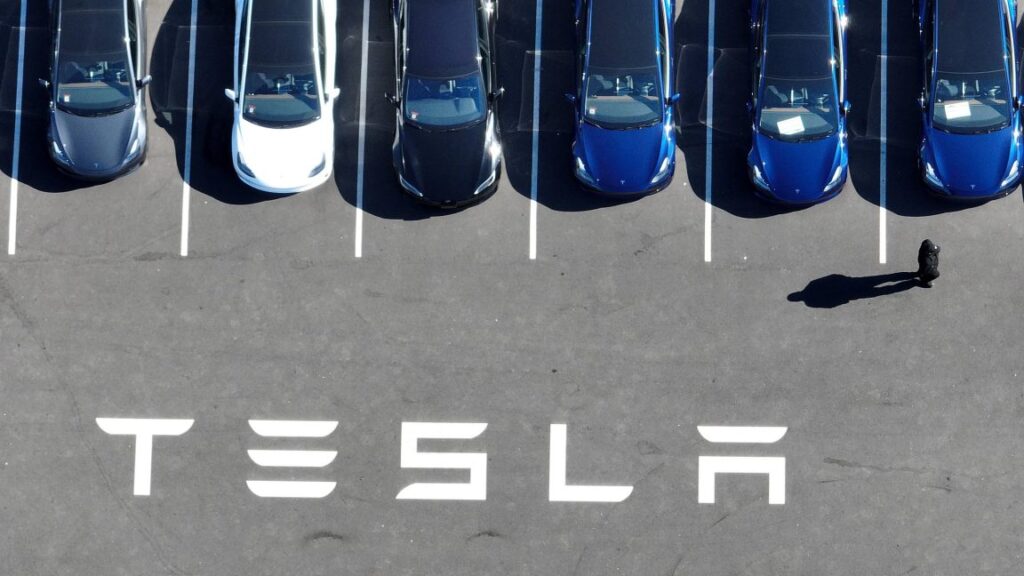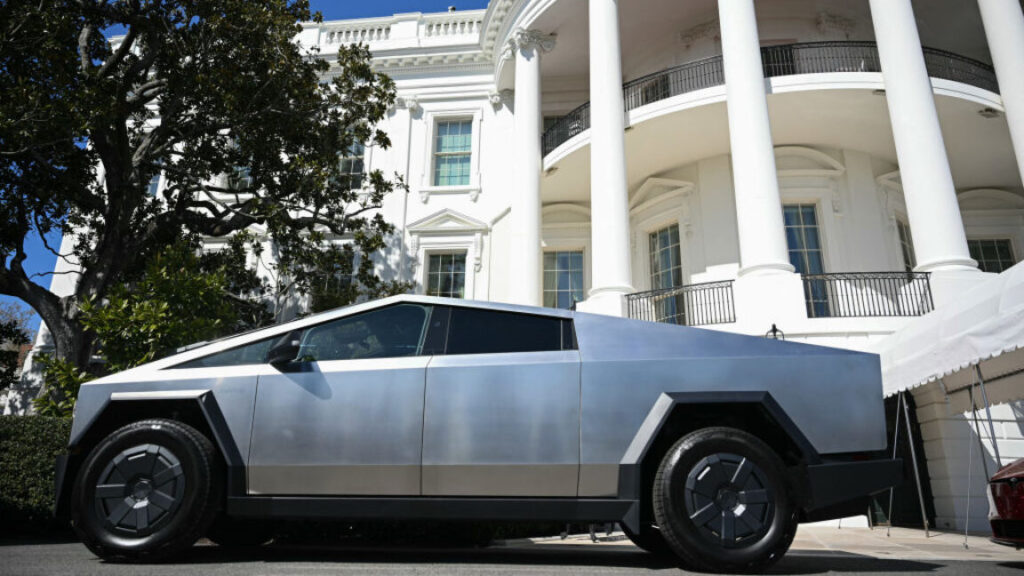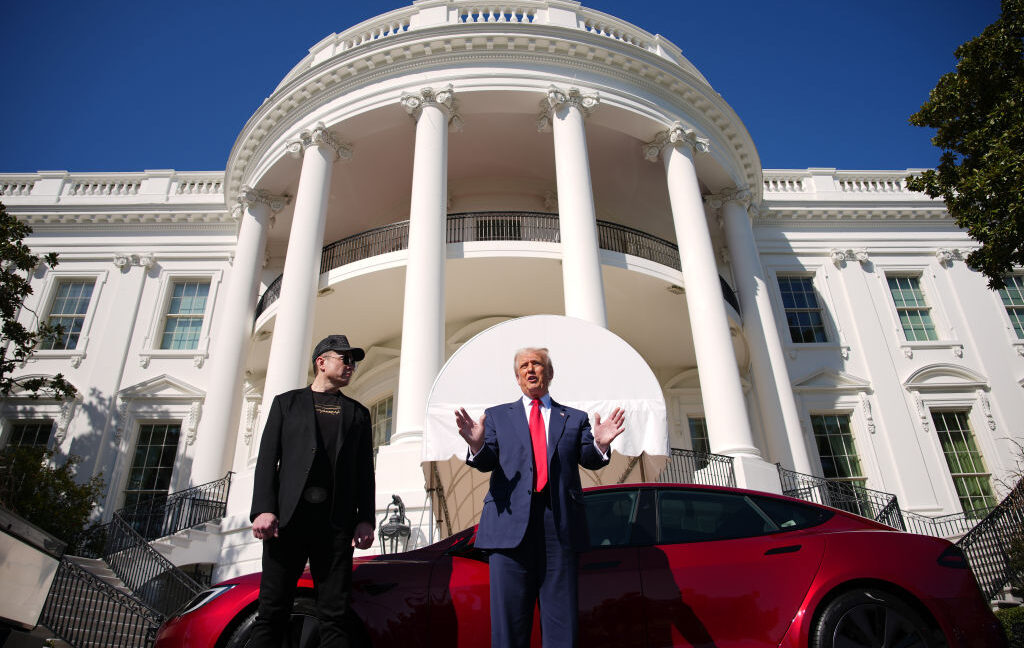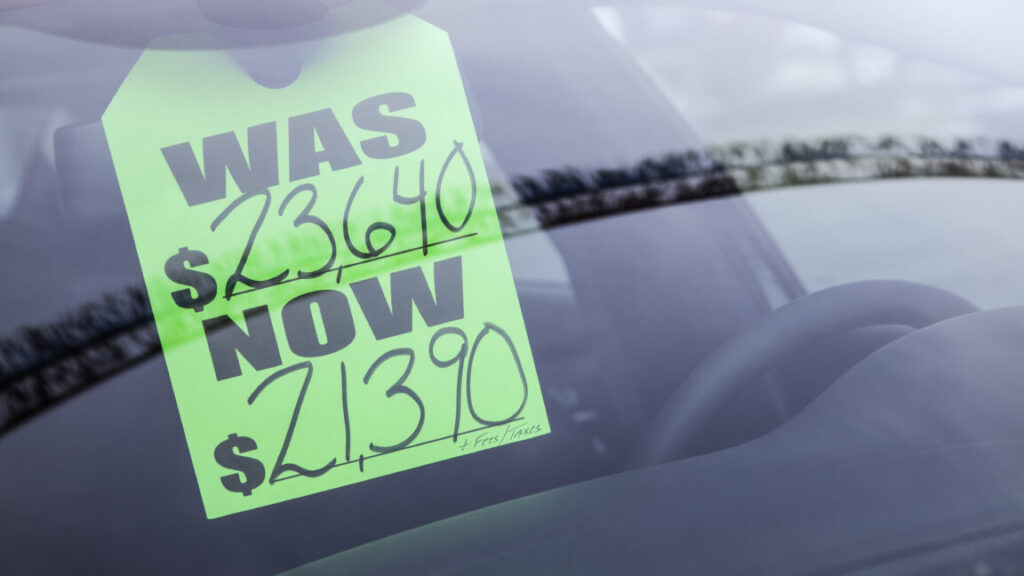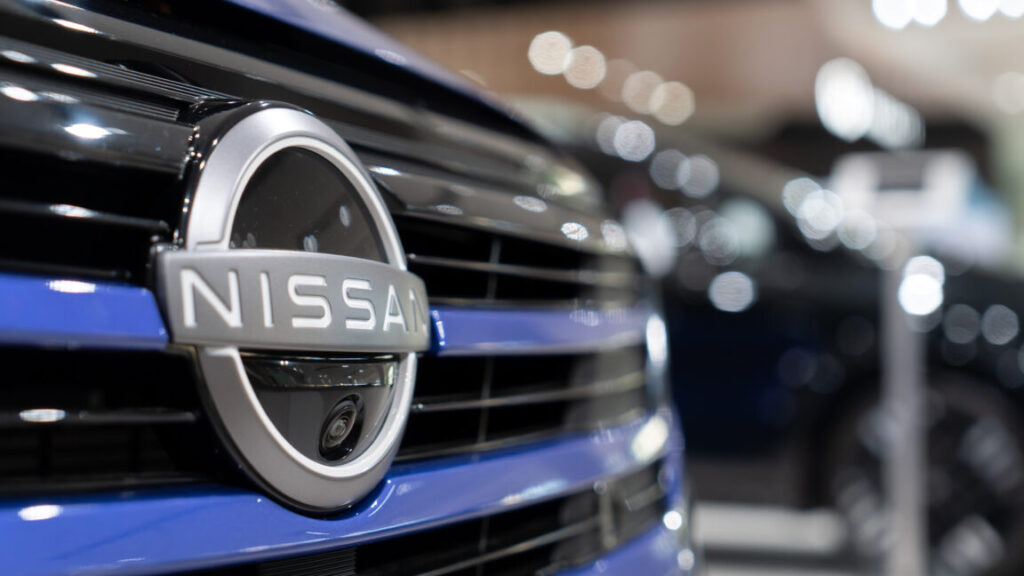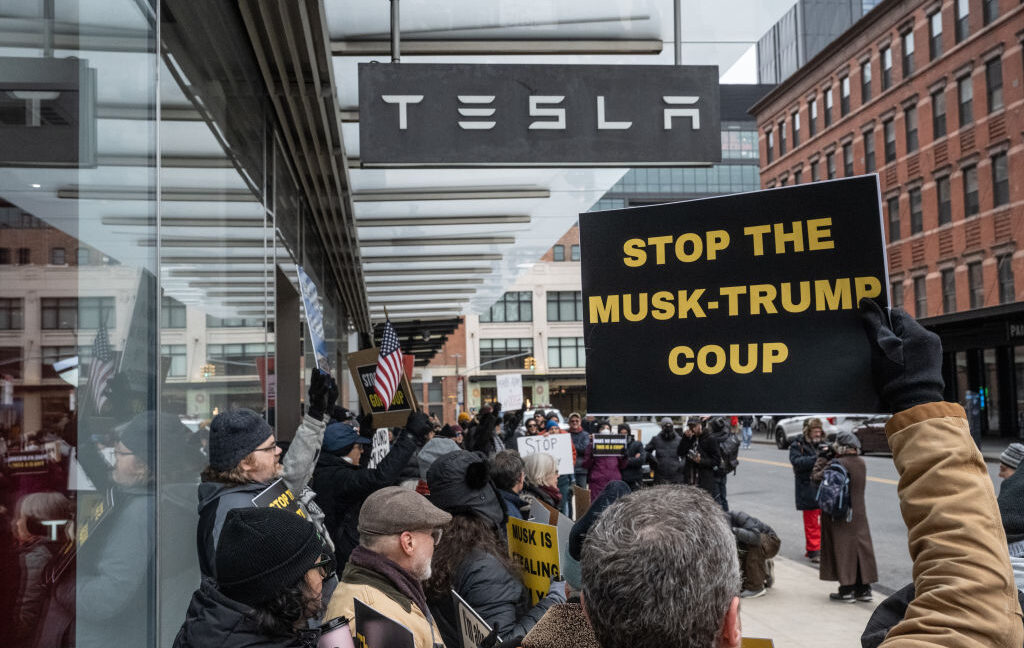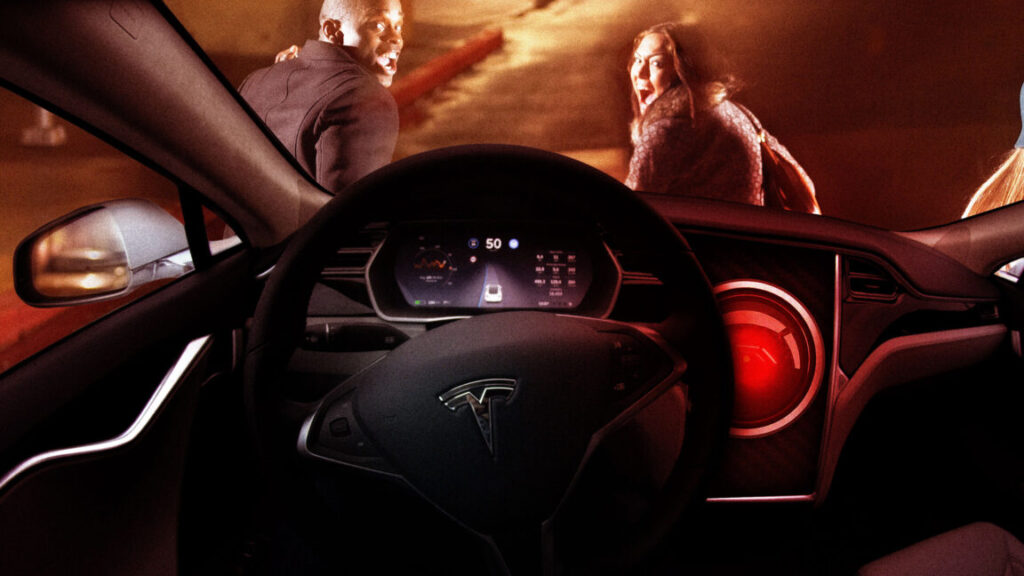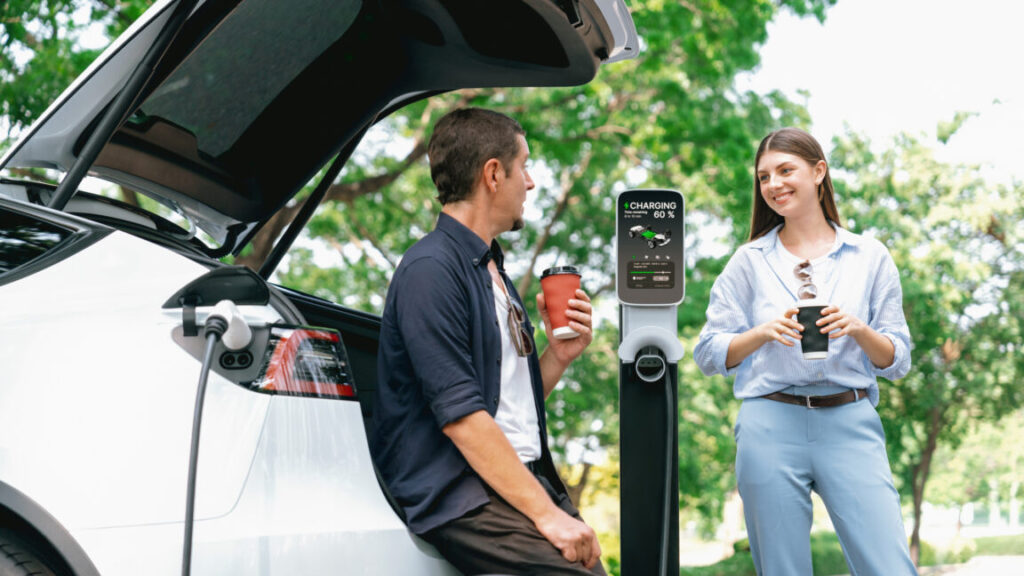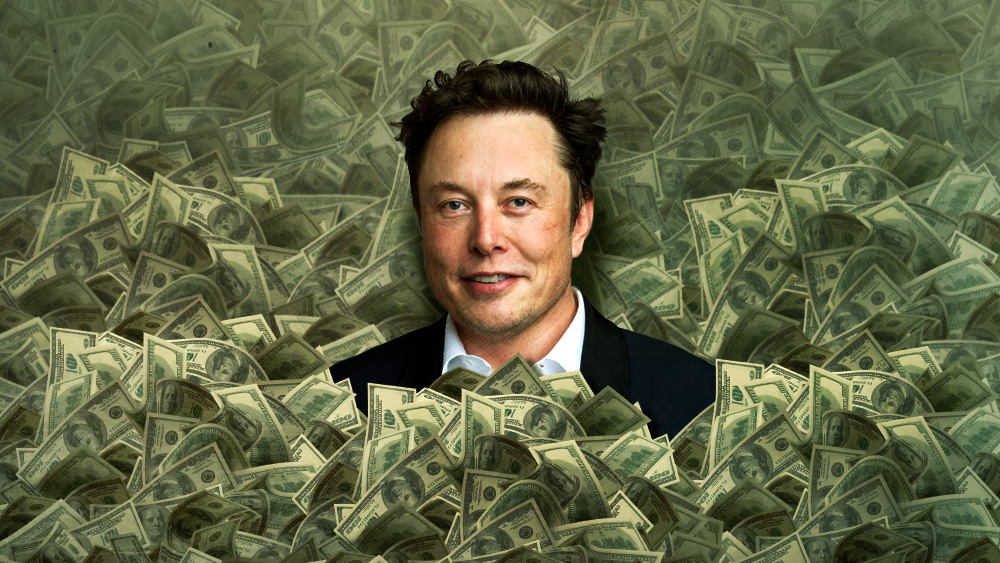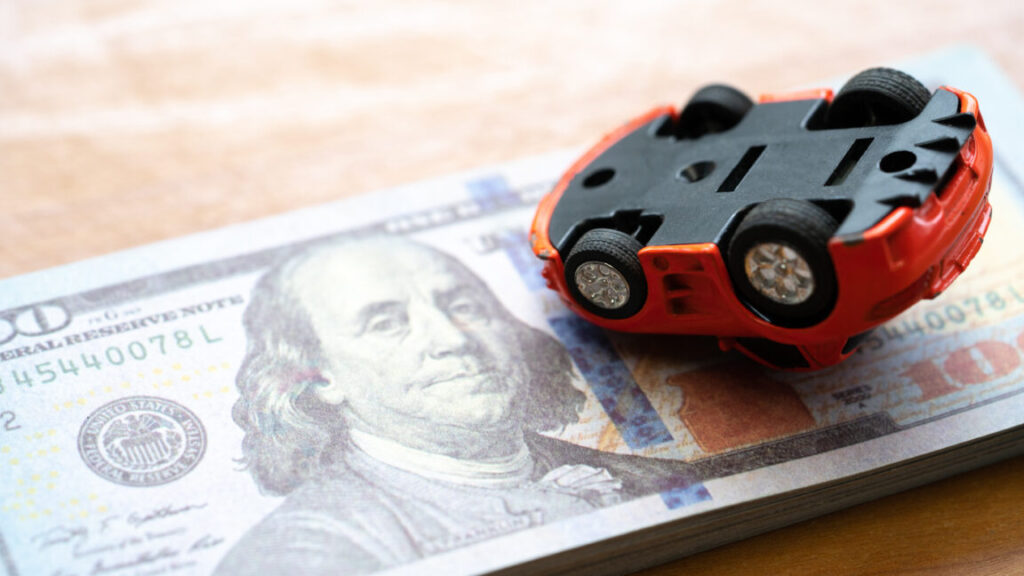FBI probes arson of Tesla cars and facilities, says “this is domestic terrorism”
Anarchist blog in FBI’s reading list
The New York Post report said the anarchist blog being eyed by the FBI is run out of Salt Lake City, Utah. “In addition, the FBI identified the site Dogeque.st that has information [for] doxxing Tesla employees and locations across the country and [is] being run out of the African country of Sao Tome,” the news report said.
A Democratic congressman criticized the FBI’s decision to create a task force on Tesla-related crime.
“This is the political weaponization of the DOJ,” wrote US Rep. Dan Goldman (D-N.Y.), who previously served as lead counsel in Trump’s first impeachment trial. “Trump uses his official authority to defend his benefactor Elon Musk. The FBI then creates a task force to use our law enforcement to ‘crack down’ on adversaries of Musk’s.”
“Tesla Takedown” calls for peaceful protest
The New York Post report said the FBI is also “tracking a mass protest called ‘Tesla Takedown’ scheduled for March 29 calling for 500 demonstrations at Tesla showrooms and charging stations.” The group behind the protest is calling for peaceful demonstrations and said it opposes vandalism and violence.
A Tesla Takedown website says the planned demonstrations are part of the group’s “peaceful protest movement. We oppose violence, vandalism and destruction of property.” Tesla Takedown says that “Elon Musk is destroying our democracy, and he’s using the fortune he built at Tesla to do it” and urges people to sell their Teslas, dump their Tesla stock, and join the demonstrations.
CNBC quoted a Tesla Takedown spokesperson as saying that the “movement has been and always will be nonviolent. They want to scare us away from protesting Musk’s destruction—but standing up for free speech is essential to democracy. We will not be deterred.”
Three arrests
US Attorney General Pamela Bondi last week issued a statement highlighting three arrests of suspected arsonists. Each defendant faces five to 20 years in prison if convicted. One defendant threw “approximately eight Molotov cocktails at a Tesla dealership located in Salem, Oregon,” another tried to light Tesla cars on fire with Molotov cocktails in Colorado, and a third in South Carolina “wrote profane messages against President Trump around Tesla charging stations before lighting the charging stations on fire with Molotov cocktails,” the press release said.
“The days of committing crimes without consequence have ended,” Bondi said. “Let this be a warning: if you join this wave of domestic terrorism against Tesla properties, the Department of Justice will put you behind bars.”
FBI probes arson of Tesla cars and facilities, says “this is domestic terrorism” Read More »
